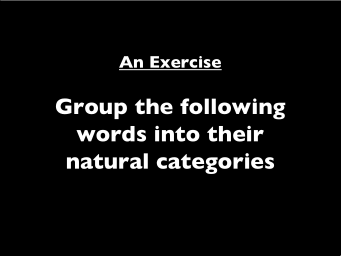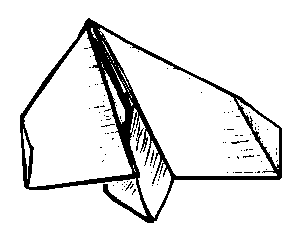Try these "mini" simulations
1. This exercise is to help us to see how much we could be captive to a worldivew shaped by the Enlightenment, rather than to a worldview shaped by the Bible:

2. Making paper aeroplanes: Finding organizational fit

Picture from http://www.bestpaperairplanes.com

3. How does your tea taste? or Let's Shake to it (The Rapid Spread of HIV in society)
4. How many squares do you see? (Appreciating multiple perspectives, defining reality and to appreciate the relationship between systems)

"The first responsibility of a leader is to define reality...." (Max DuPree in Leadership is an Art)
5. Animals in Community
(this is a short version of Bafa Bafa, a cultural prejudice awareness educational simulation or Barnga, which is another educational simulation about cultural clashes.
6. Hungry Decisionsby Charles R. Kishpaugh & Pauline E. Goodfellow
7. The Near Beer Game - an adaptation of the famous MIT simulation game popularized by Peter Senge in his book The Fifth Discipline

2. Making paper aeroplanes: Finding organizational fit

Picture from http://www.bestpaperairplanes.com

3. How does your tea taste? or Let's Shake to it (The Rapid Spread of HIV in society)
4. How many squares do you see? (Appreciating multiple perspectives, defining reality and to appreciate the relationship between systems)

"The first responsibility of a leader is to define reality...." (Max DuPree in Leadership is an Art)
5. Animals in Community
(this is a short version of Bafa Bafa, a cultural prejudice awareness educational simulation or Barnga, which is another educational simulation about cultural clashes.
6. Hungry Decisionsby Charles R. Kishpaugh & Pauline E. Goodfellow
7. The Near Beer Game - an adaptation of the famous MIT simulation game popularized by Peter Senge in his book The Fifth Discipline



